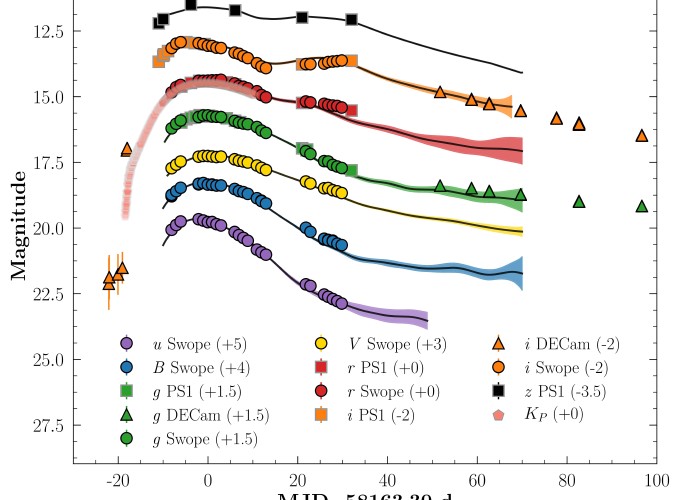I’m part of the KEGS team investigating the progenitor systems of supernovae with high-cadence light curves from Kepler. We’ve found some of the first supernovae that have early-time excess flux, indicating a possible main sequence companion, or surface nickel mixing. I’m leading the analysis of one of the KEGS SNIa, and I am advising a student on their analysis of an unusual rapid transient. I’ll be applying the lessons learned from Kepler to TESS, NASA’s next flagship exoplanet mission. I am particularly interested in combining my work on deep learning to classify transients in alert streams to ground-based searches of the TESS field. I am working on combining machine learning and citizen science and building hybrid active learning systems for supernova studies. We will discover some of the earliest supernovae ever, gleaning insights into their explosions. With JWST, and WFIRST after that, we will have new windows with which to peer into the infrared and understand supernova host-environments. These advances will in turn help refine models of SNIa and improve their precision as cosmological probes with LSST.
 SN2018oh, one of our KEGS supernovae
SN2018oh, one of our KEGS supernovae
Forensics on Stellar Corpses
 SN2018oh, one of our KEGS supernovae
SN2018oh, one of our KEGS supernovae
